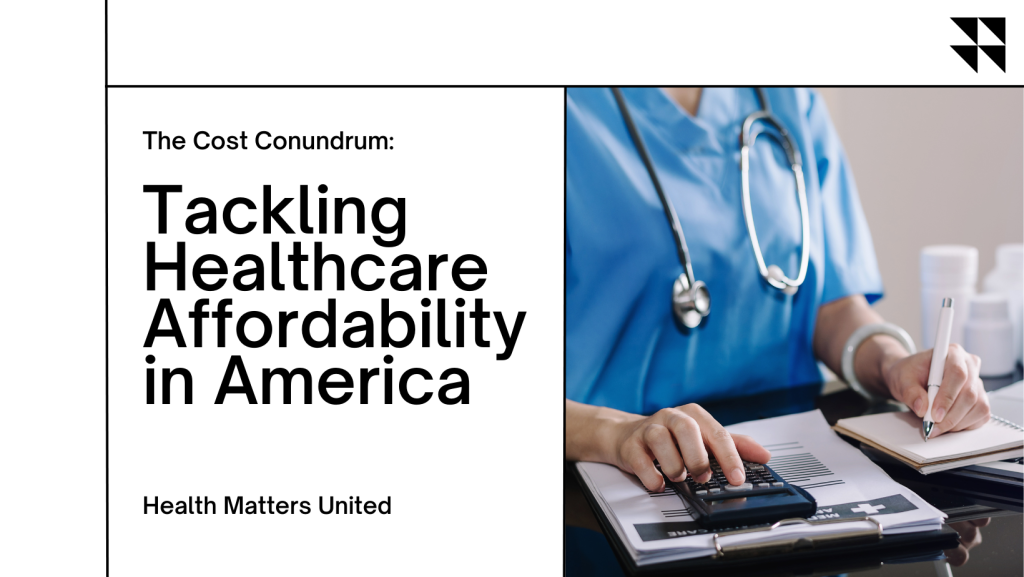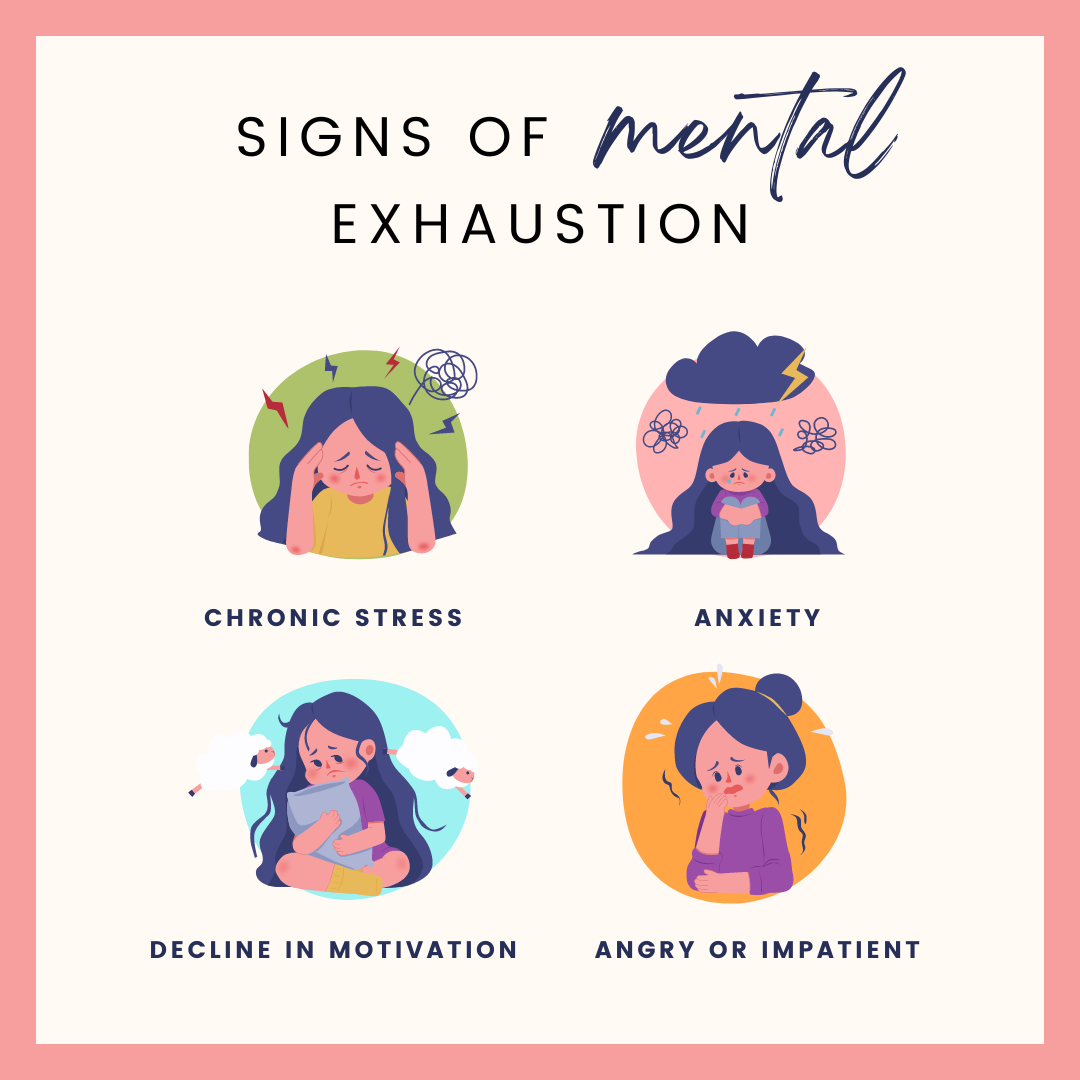The issue of healthcare affordability is a persistent challenge in the American healthcare system, affecting millions of individuals and families across the country. This article examines the root causes of rising healthcare costs in America and explores potential solutions to improve affordability and access to care.
One of the primary drivers of healthcare costs in America is the fee-for-service payment model, which incentivizes healthcare providers to deliver more services, tests, and procedures, often without regard for their necessity or effectiveness. This volume-driven approach to healthcare has contributed to unnecessary medical spending, overutilization of healthcare services, and inflated healthcare prices, placing a significant financial strain on patients, employers, and the healthcare system as a whole.
Additionally, the lack of price transparency in the healthcare market has further exacerbated the problem of rising healthcare costs. Patients often lack visibility into the true cost of medical services, making it difficult for them to make informed decisions about their care and compare prices across different providers. As a result, healthcare prices vary widely, even for identical services, leading to confusion and frustration among patients and contributing to the overall opacity of healthcare pricing.
Moreover, the rising cost of prescription drugs has emerged as a major driver of healthcare spending in America. Pharmaceutical companies often charge exorbitant prices for essential medications, leading to financial hardship for patients who rely on these drugs to manage chronic conditions or life-threatening illnesses. The lack of competition in the pharmaceutical industry, coupled with complex pricing mechanisms and opaque drug pricing practices, has contributed to the affordability crisis facing many Americans.
Despite these challenges, there are opportunities to address healthcare affordability and improve access to care in America. Alternative payment models, such as value-based care and bundled payments, incentivize providers to deliver high-quality, cost-effective care while reducing unnecessary utilization and improving care coordination. Additionally, initiatives to promote price transparency, increase competition in the pharmaceutical industry, and enhance consumer engagement in healthcare decision-making can help empower patients to make informed choices and drive down healthcare costs.
In conclusion, addressing the issue of healthcare affordability requires a multifaceted approach that addresses the root causes of rising costs, promotes transparency and competition in the healthcare market, and empowers patients to make informed decisions about their care. By implementing innovative solutions and fostering collaboration among stakeholders, we can work towards a more affordable, accessible, and equitable healthcare system in America.



